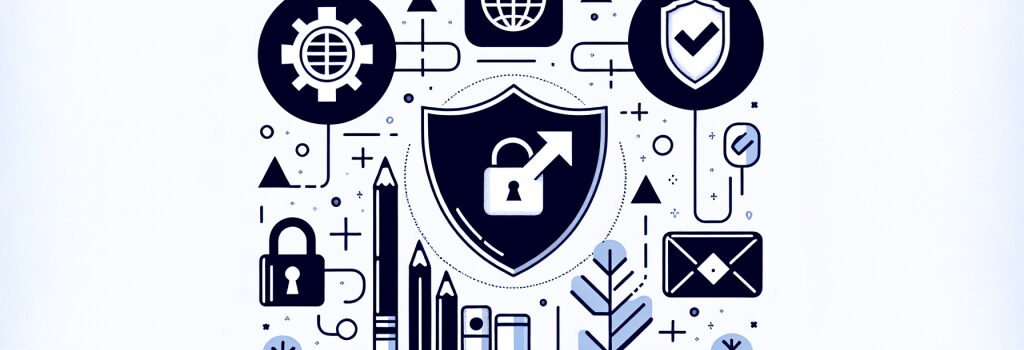Safe File Uploads in PHP: Validation and Sanitization Techniques

Introduction
In the dynamic world of web development, ensuring the security of file uploads is a critical task. PHP, being a widely used server-side scripting language, offers various functionalities to handle file uploads. However, without proper validation and sanitization, the process can be vulnerable to malicious attacks, leading to compromising system security. This article delves into the best practices for securing file uploads in PHP, focusing on validation and sanitization techniques that every web developer should implement.
Understanding the Risks
Before diving into the solutions, it’s crucial to comprehend the risks associated with handling file uploads. The most common threats include:– Malware Uploads: Attackers can upload malicious scripts disguised as harmless files, aiming to execute harmful operations.
– Overwriting Files: Without proper checks, an uploaded file could overwrite an existing file, leading to data loss or server compromise.
– Denial of Service (DoS): Large files or numerous upload requests can exhaust server resources, leading to service disruptions.
Validating File Uploads
Ensuring File Type Accuracy
The first line of defense is verifying the uploaded file’s type. It’s essential to restrict the file types allowed by checking their MIME types against a whitelist. Here’s a simple example:
Validating File Size
Limiting the file size is another critical step to prevent resource exhaustion. Here’s how you can check the size before processing the upload:
Sanitizing File Names
When dealing with file uploads, sanitizing the file name is vital to prevent path traversal or script execution vulnerabilities. A pragmatic approach involves removing potentially harmful characters and ensuring the name uniqueness:
Secure File Storage
Choosing the Right Directory
After sanitization, choosing a secure storage directory is crucial. Avoid storing uploaded files in directories accessible directly from the web. Instead, opt for a location outside the public directory or use a script to safely fetch and serve the files.
Setting Appropriate Permissions
File permissions play a significant role in security. Ensure that the directory and files have strict permissions, preventing unauthorized execution or modification.
Implementing Content Security Policy (CSP)
While not a direct part of file upload handling, implementing a Content Security Policy (CSP) can mitigate the risk of XSS attacks originating from uploaded files. CSP allows you to define the sources from which the browser should allow loading resources, adding an extra layer of security.Conclusion
Securing file uploads in PHP involves a combination of validation and sanitization techniques. By verifying file types, limiting sizes, sanitizing names, choosing secure storage practices, and implementing security policies like CSP, developers can significantly reduce the risks associated with file uploads. It’s crucial to stay updated with the latest security practices and continuously improve upload functionalities to safeguard your web applications against emerging threats.Ensuring the secure handling of file uploads is not just about protecting your system; it’s about safeguarding user data and trust. Implement these best practices in your PHP development projects to build robust and secure web applications.


